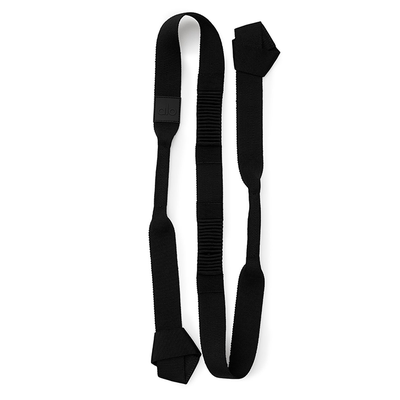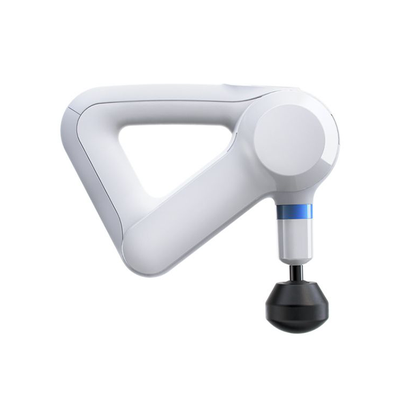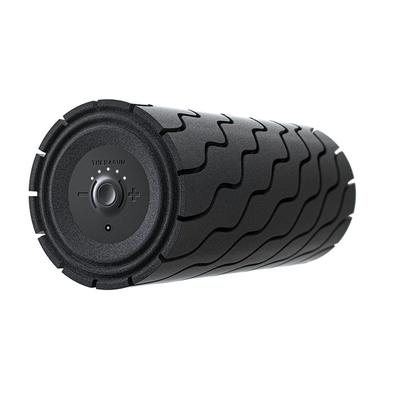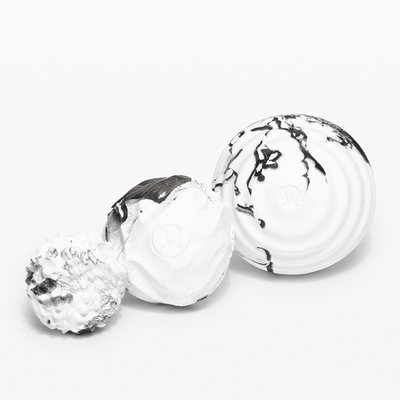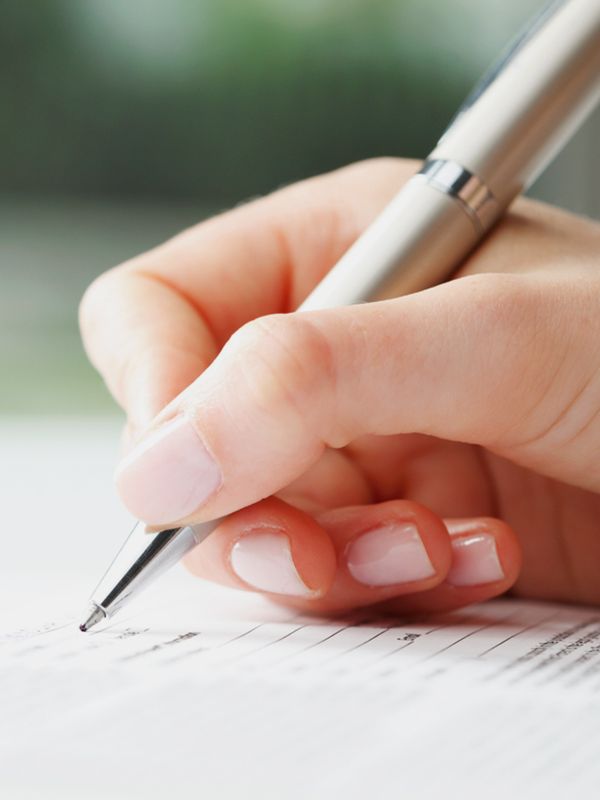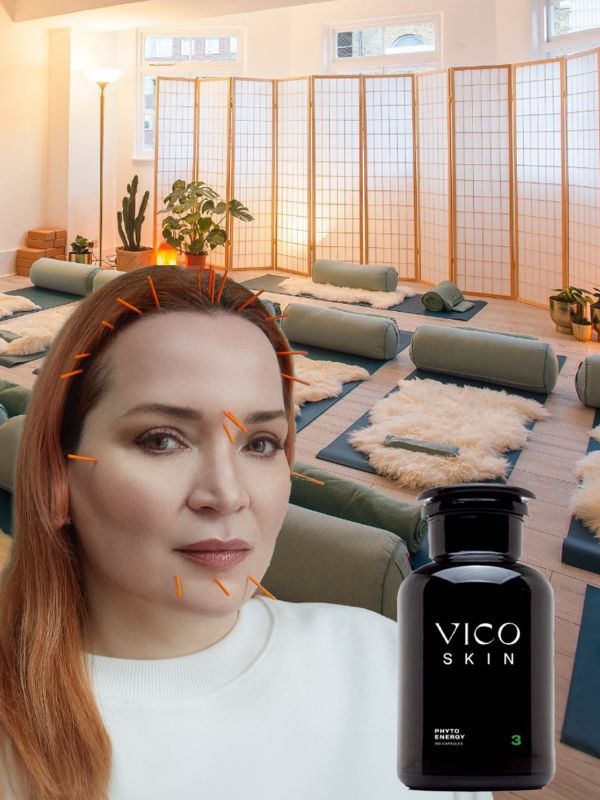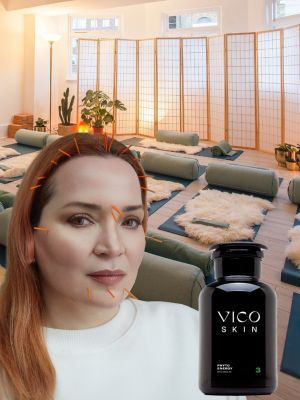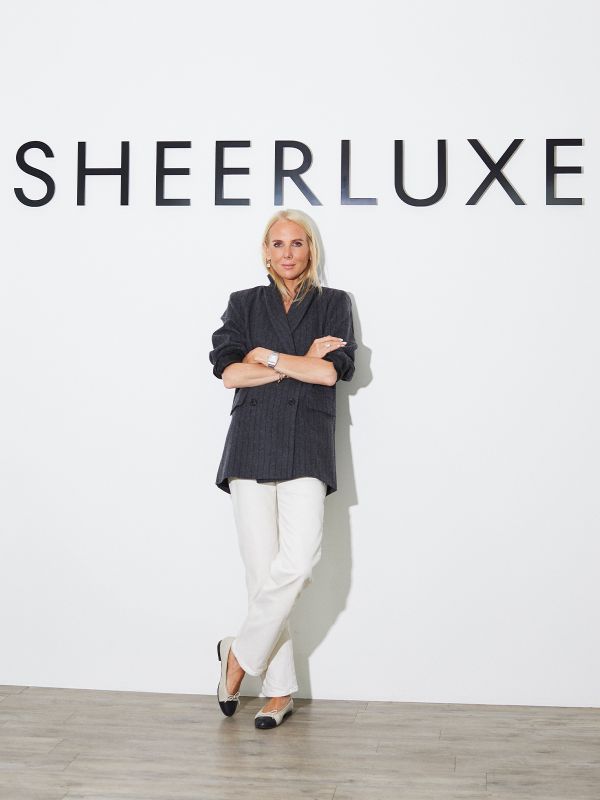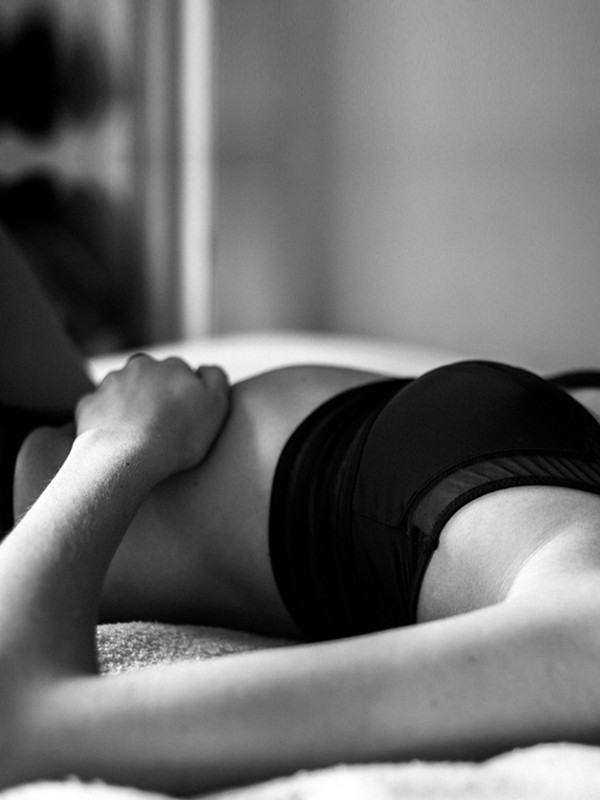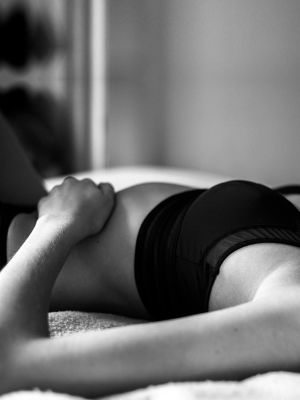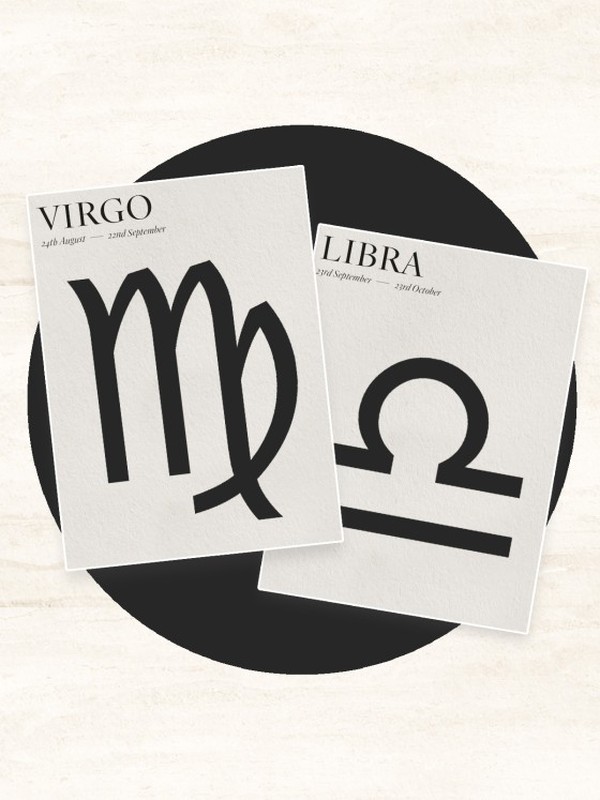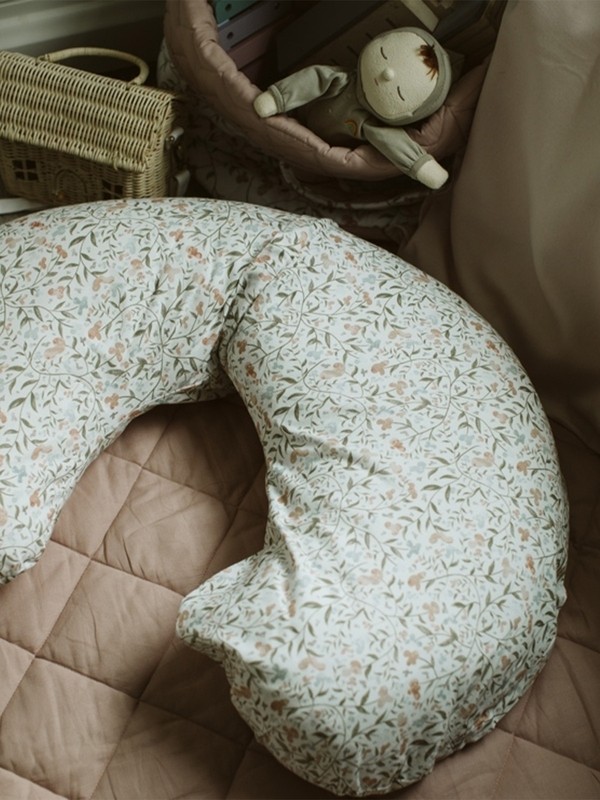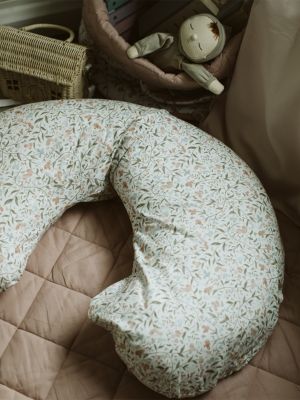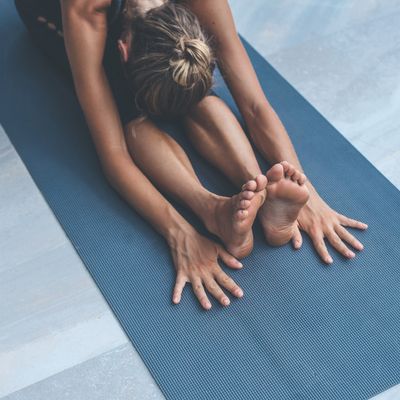
How To Boost Your Flexibility
All products on this page have been selected by our editorial team, however we may make commission on some products.
Know Where You’re At
“For the average person, a good range of flexibility is to be able to touch your toes or, when lying down, to be able to lift your legs to 90 degrees directly above your hips. If you can’t do one, or both, of these stretches, then chances are you may be suffering with niggles elsewhere.” – Minnie Samengo, yoga instructor
Recognise A Desk-Based Job Isn’t Helping
“The more sedentary you are, the more your flexibility will decline. If you work in an office job sitting at a desk or drive to work, this will cause your flexibility to suffer in the long run. It’s also important to bring ageing into the equation – as we age, we naturally lose muscle elasticity and joints become stiffer. However, women are at a slight advantage when it comes to flexibility. Both genetics and gender play a part – for starters, women’s bodies were designed to give birth, meaning the female anatomy can expand more easily, particularly around the hips.” – Minnie
Look Out For Aches & Pains
“Pain and stiffness are signs that you need to stretch more. But before you roll out your yoga mat, it’s important to understand that the area in which you’re feeling pain may not necessarily be where you need to improve mobility. For example, sitting at a desk for several hours a day can cause lumbar compression, which leads to lower back pain. Similarly, a tight IT band (runners are prone to IT band niggles) can cause knee pain, while tight hip flexors can pull your pelvis into an anterior tilt, also compressing the lumbar spine. Leaning forward with your chin to look at your computer screen also puts pressure on the neck, so if you’re prone to neck and shoulder pain at the end of the day, this could be why.” – Minnie
Focus On The Spine
“You need a healthy functional spine in order for the rest of your body to move efficiently, making the spine a great starting point when it comes to increasing flexibility. The problem is that sitting at a desk and being hunched over affects the flexibility of the spine, which can quickly ripple into affecting other parts of the body, resulting in hip, shoulder and neck pain. If you have a healthy spine, chances are you’ll feel better and will be more likely to move freely without pain or stiffness.
Start to include spinal articulations such as cat cows or try doing a bridge pose and rolling up and down the spine – these are key to keeping your vertebrae oiled and moving freely. Your hips are another key area to focus on as optimum movement in the pelvis aligns with spinal articulation. Focus on internal and external rotations of your hips – think the classic pigeon stretch, low lunges and a seated groin stretch.” – Minnie
Master The Functional Squat
“Learn how to do the functional squat – which is essentially sitting in a deep-seated squat. When we squat, our lumbar spine extends, stretching the muscles in the lower back. If you do one stretch, the functional squat is the one – it ticks all the boxes when it comes to improving mobility. The goal is to lower down into a squat with your feet flat and your back extended, pushing your elbows into the insides of your knees. You’ll feel it in your ankles, hips and knees, but if you feel pain in your knees or pinching in your hips, stop. If you are really feeling it in your ankles, try raising onto your toes.” – Rachele Gilman, director and lead stretchologist at Stretch Inc.
Don’t Limit Yourself To Yoga
“Yoga is a great place to start when it comes to improving flexibility but it’s not for everyone. Lots of yoga and Pilates studios offer stretch-specific classes, so keep an eye out for these. But even if you can’t commit to a full class, even ten minutes of stretching after a workout will help maintain flexibility whilst also helping to ease DOMS (delayed onset muscle soreness), aid recovery and reduce your risk of injury. Just be sure to never stretch on cold muscles and hold each stretch for a minimum of 20-30 seconds – anything less than this won’t do anything. Whether it’s a yoga session, Pilates class or doing some simple stretches yourself, commit to two sessions throughout the week – after two months you will start to see results. If you’re into strength training, running and cycling, you will notice a marked difference even sooner.” – Minnie
Remember To Breathe Deeply
“Breathing properly is a fool-proof way to make your stretch more effective. Your breath is linked to your nervous system and your stretch reflex is also linked to your nervous system. Taking long, slow, deep breaths puts the body in a calm state, allowing your stretch reflex to switch on. Inhale before going into a stretch and exhale to go deeper – it makes the world of difference.” – Minnie
Take Care Not To Overdo It
“It goes without saying that stretching is a must in day-to-day life, but it’s also possible to overdo it. Learn to recognise the difference between pain and discomfort – a deep stretch should feel slightly uncomfortable, but never painful. Discomfort should sit somewhere on the edge of ‘pain and gain’ and is necessary if you want to see results. Aim for ten minutes of stretching, two to four times per week to see the difference but be prepared to commit more time if you want to achieve something more ambitious, such the splits. If you want to be able to do the splits, you’ll need to dedicate time to opening the hips, stretching the hamstrings, adductors and glutes. At the same time, if you want to forward fold (i.e., touching your toes without bending your knees), you need to work on hinging from the hips, which is impacted by the hamstrings and pelvis.” – Rachele
Consider Enlisting A Professional
“Stretching on your own is better than nothing but having an assisted stretch will help take your stretch to the next level. A stretchologist will gently move your limbs into new positions, holding certain stretches for a specific amount of time, which will dramatically improve flexibility by lengthening your fascia, muscle fibre and tissue. A stretchologist will push you much further into a stretch than you would yourself, ensuring a really effective stretch. A deep tissue massage is also a good idea – a good massage will relieve both tension and tightness, which can aid in flexibility.” – Rachele
Invest In The Right Kit
“If you don’t have access to a stretchologist, a stretching strap or yoga strap is a great substitute. A percussive therapy tool – such as a Theragun – will also stimulate muscles at a deep level, relieve stiffness and loosen tight spots. Foam rollers and trigger point balls can also relieve stiffness and ease pain, which will enable you to stretch with more ease.” – Rachele
Minnie’s virtual Slow Flow on a Wednesday at 6pm is the perfect way to stretch sore, stiff muscles – sign up at MinnieSamengoYoga.com. To book a session at Stretch Inc., either in Brixton or Seven Dials, visit StretchInc.uk – prices start at £15 for an online guided stretch and £25 for an in-studio assisted stretch.
Shop our edit of products to help boost flexibility...
DISCLAIMER: Features published by SheerLuxe are not intended to treat, diagnose, cure or prevent any disease. Always seek the advice of your GP or another qualified healthcare provider for any questions you have regarding a medical condition, and before undertaking any diet, exercise or other health-related programme.
INSPIRATION CREDITS: ISTOCK/JASMINA007
DISCLAIMER: We endeavour to always credit the correct original source of every image we use. If you think a credit may be incorrect, please contact us at info@sheerluxe.com.
